Deconstruction with a function
Quinn Vittum
Co-founder and executive director, Re-use Hawai‘i
“There is so much energy consumed in making construction materials,” says Quinn Vittum. “Take the lumber industry. To even get to the tree you may have to build a road into the forest. Then you cut down the tree, drive the tree back to the mill, kiln dry it, plane it, and then finally ship it to the market.” Re-use found that every ton of lumber kept out of the landfill equates to about 2.2 tons of greenhouse gas emissions reduced.
Re-use started a decade ago to provide a lasting solution for demolition and construction waste, which makes up about 30 percent of Hawai‘i’s waste. Since then, the nonprofit has completed more than 600 deconstruction projects, the bulk of them on O‘ahu, salvaging up to 80 percent of a structure that in turn is available for reuse at their Kaka‘ako Redistribution Center. The group also recently expanded deconstruction services and opened a warehouse for its salvaged material on Hawai‘i Island.
“The materials are sold to the public for a fraction of their value, so there’s a community benefit as well,” he says. In 2017, Hawai‘i residents saved $300,000 by shopping for lumber, cabinets, sinks, light fixtures and more at Re-use Hawai‘i’s Redistribution Center, Vittum estimates. Their impact keeps about 34-plus tons of materials out of the waste stream each week and employs 45 individuals in green jobs.
The Aloha+ Challenge Dashboard shows lumber diversion as a success story, rising from 210 to 660 metric tons of greenhouse gas emissions reduced, when comparing Fiscal Year 2008 and 2017.




